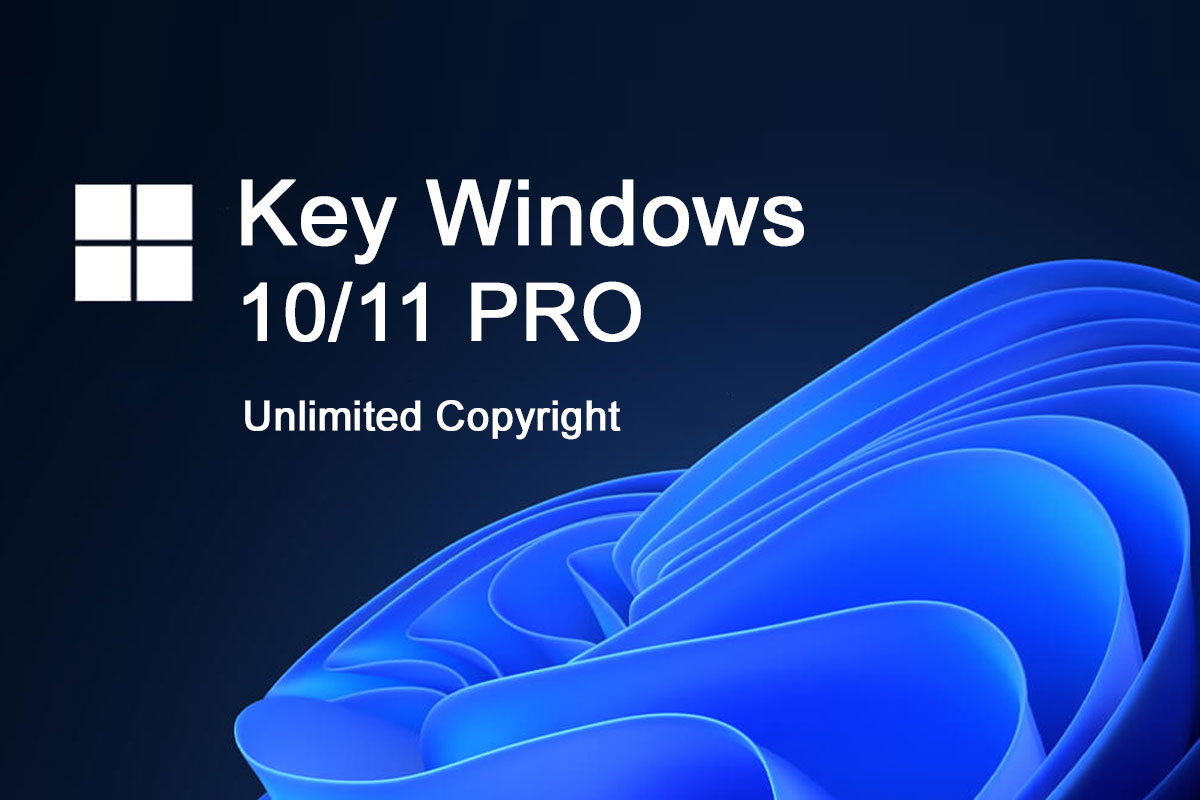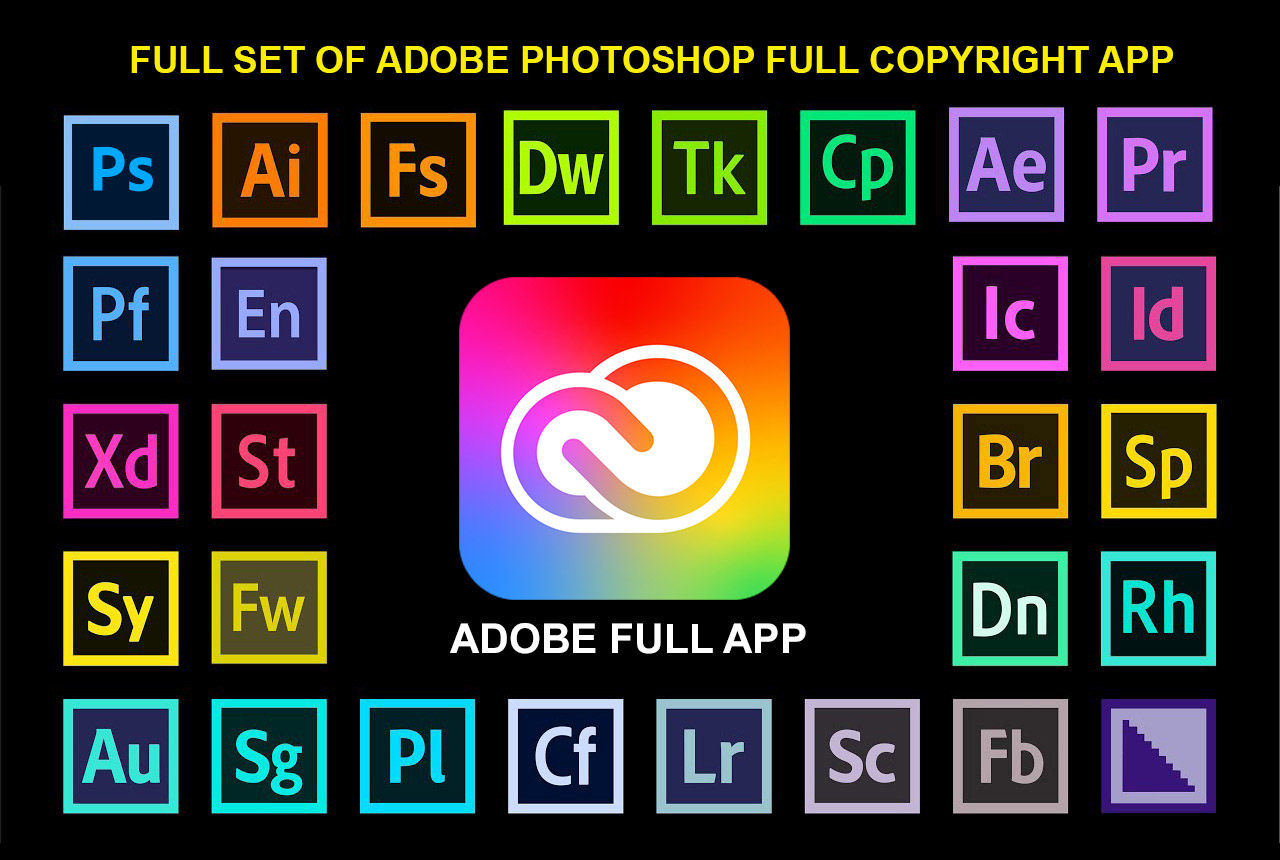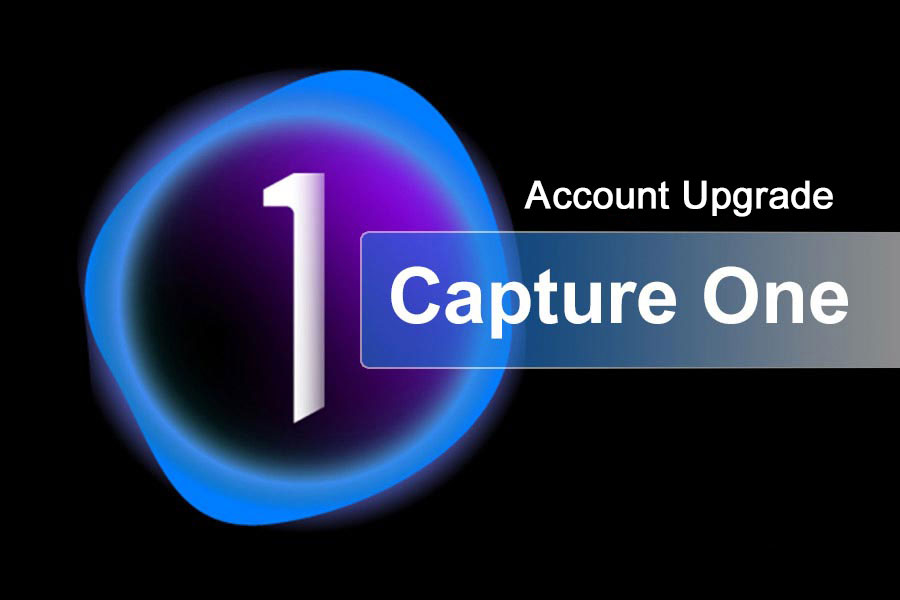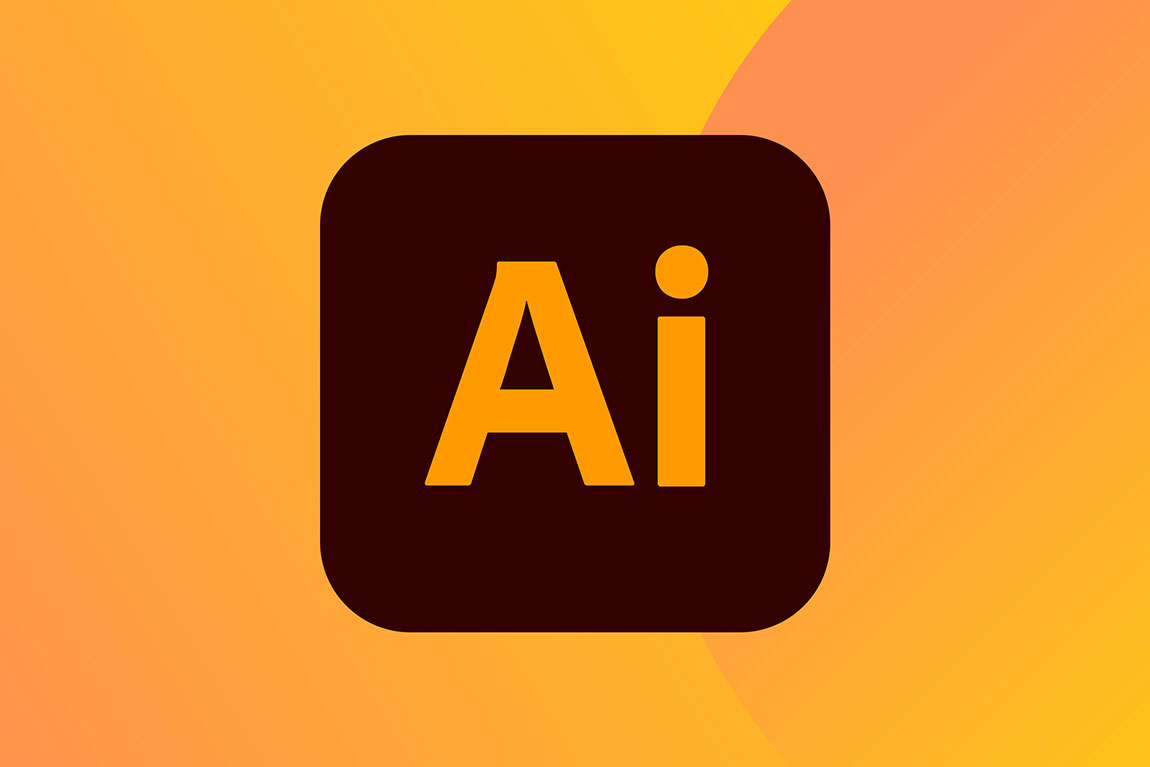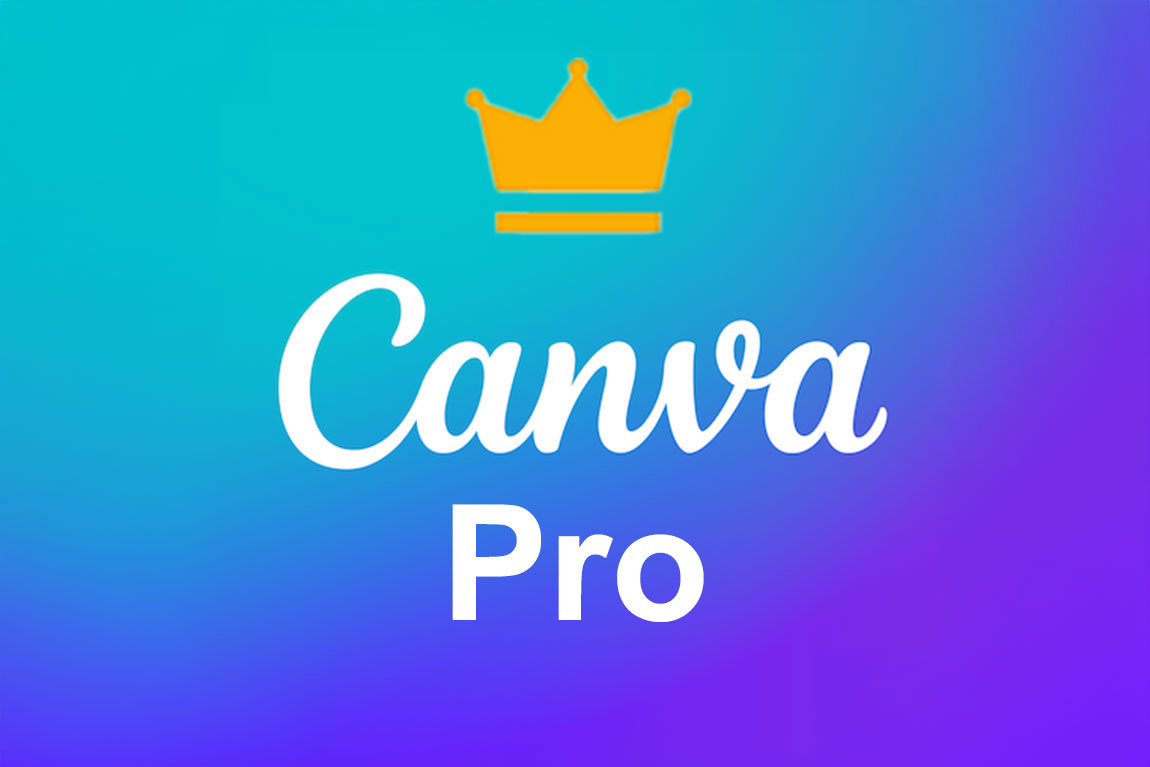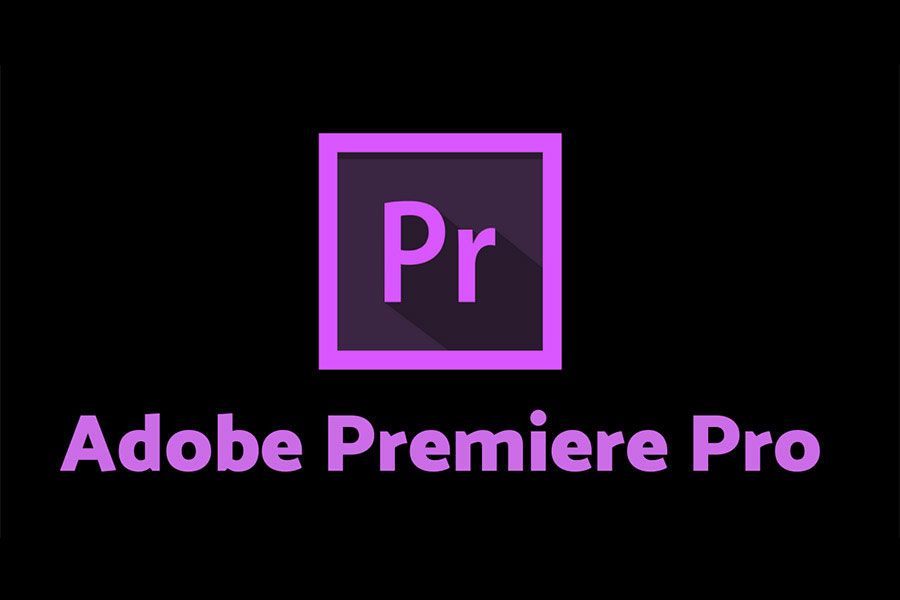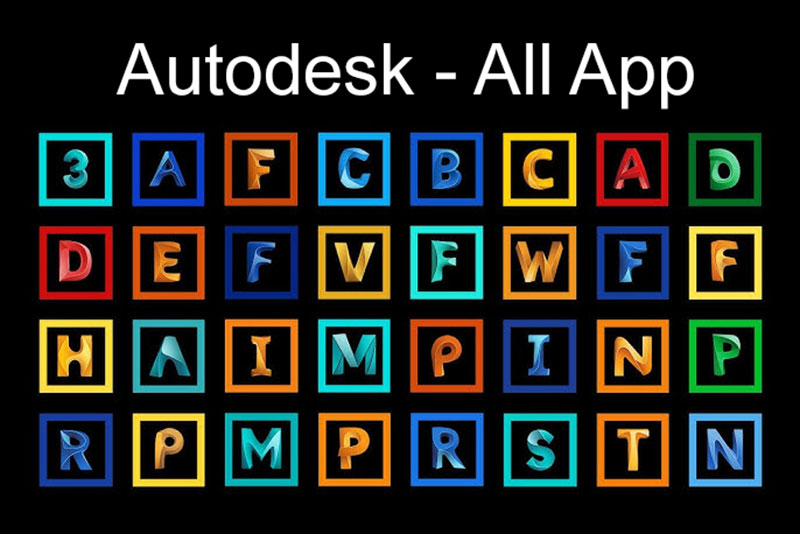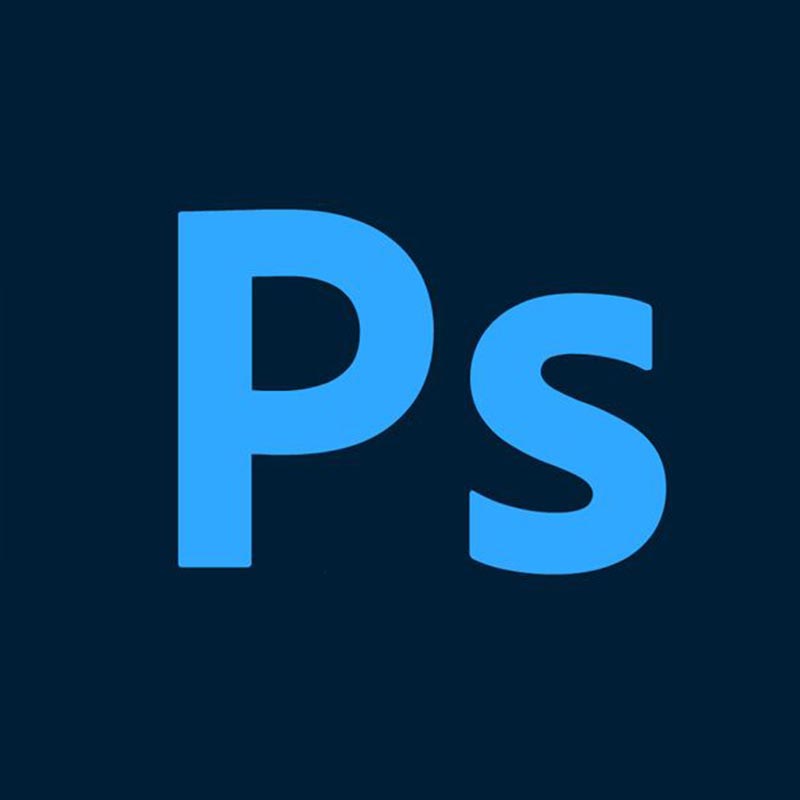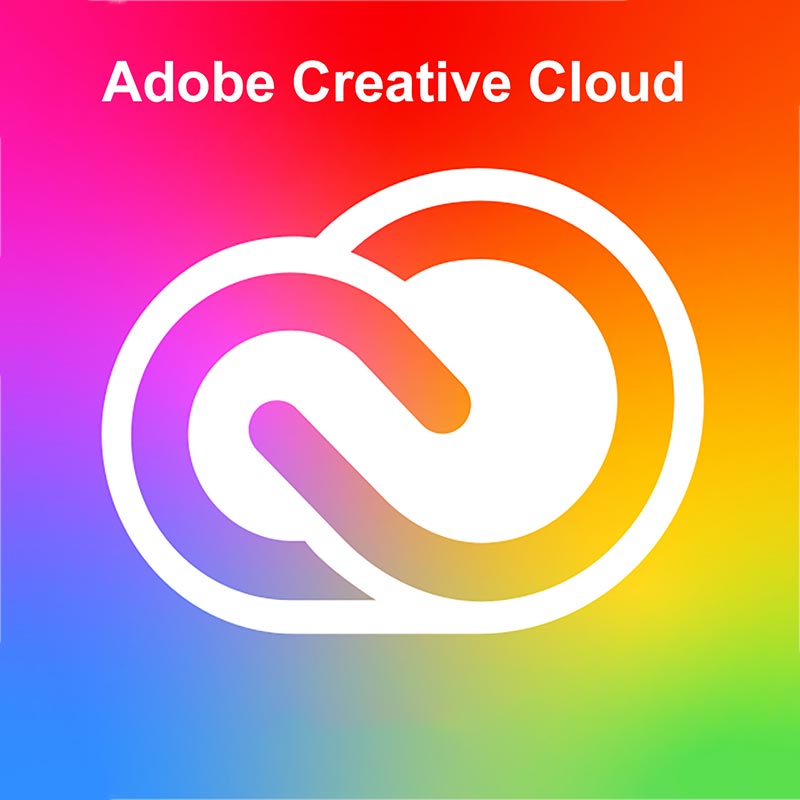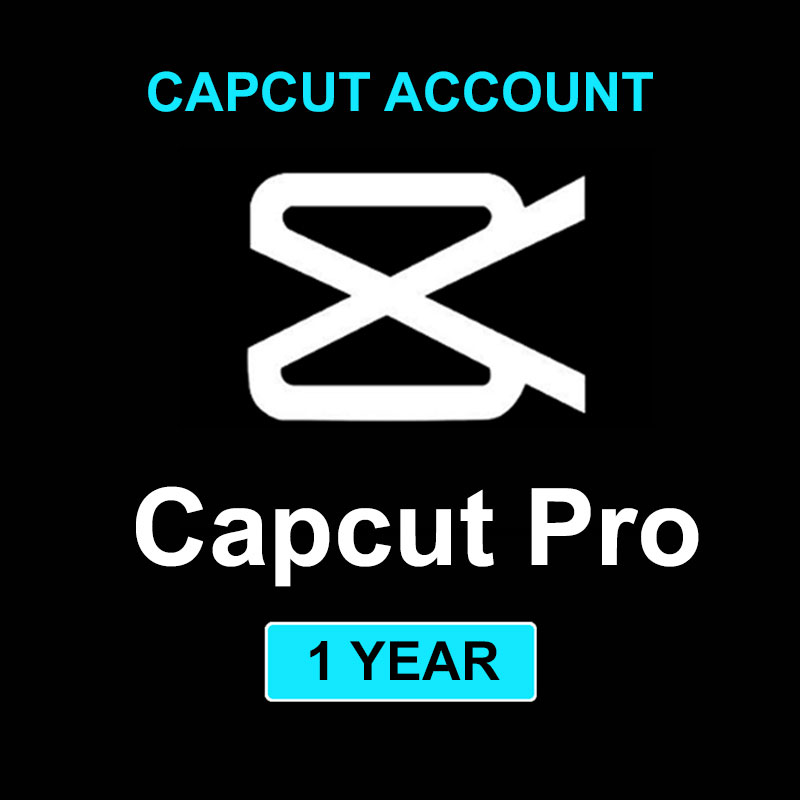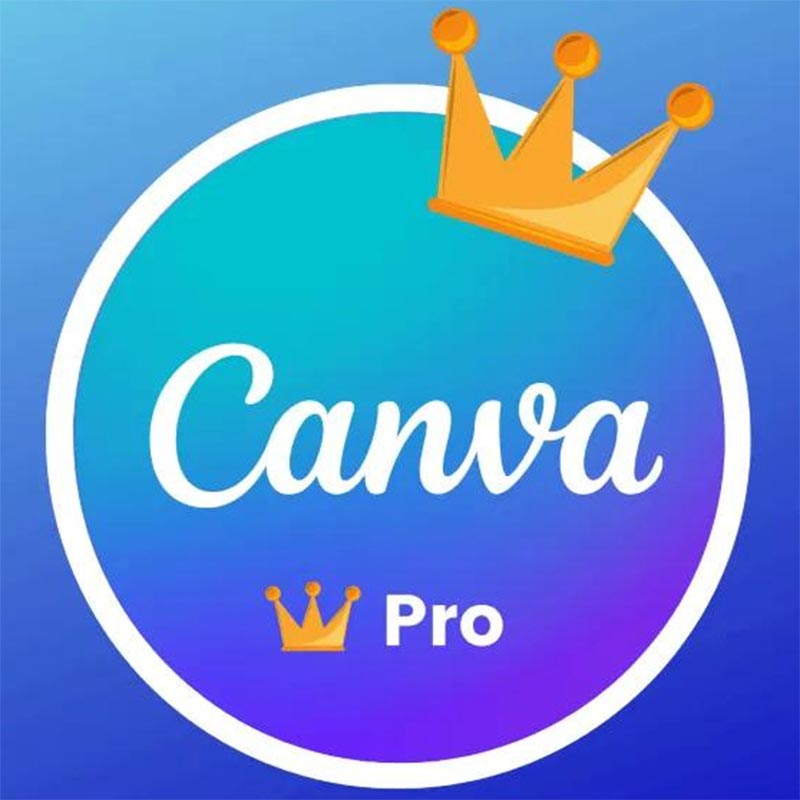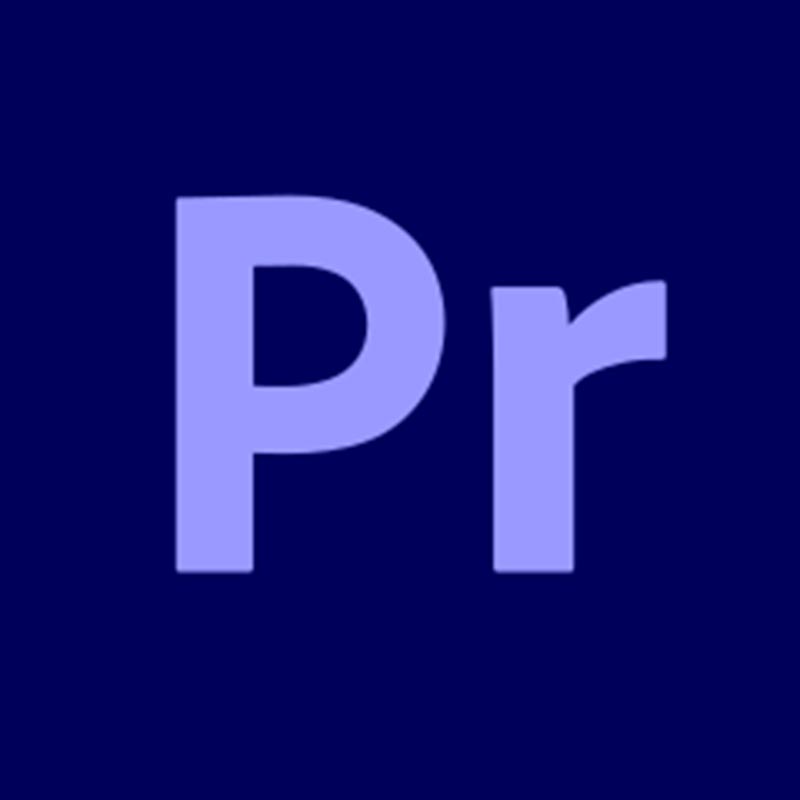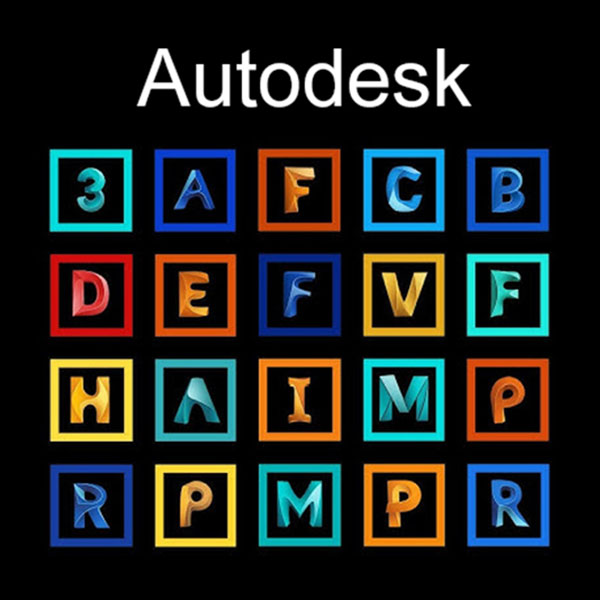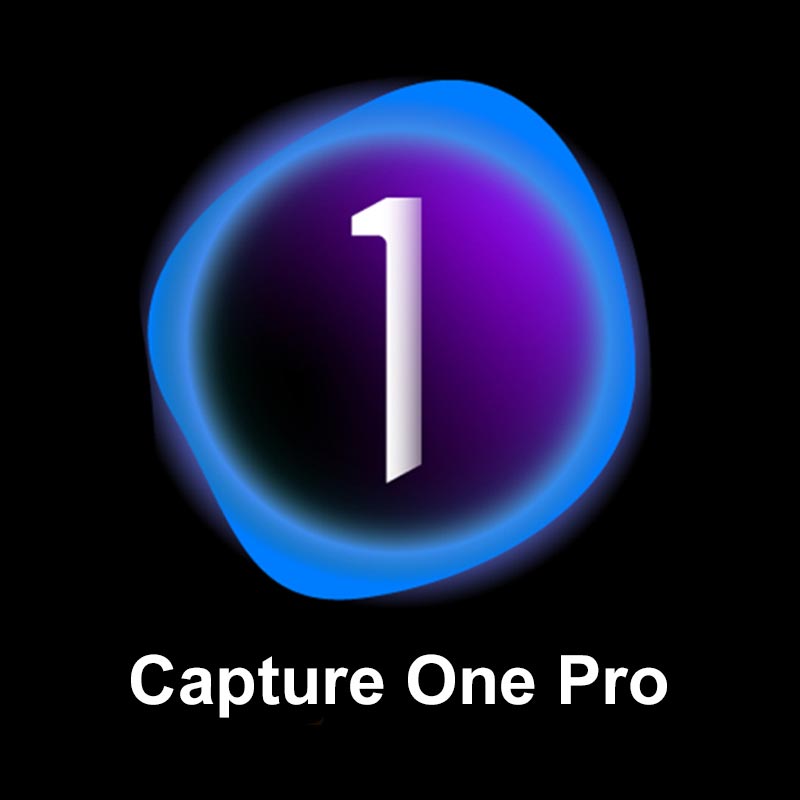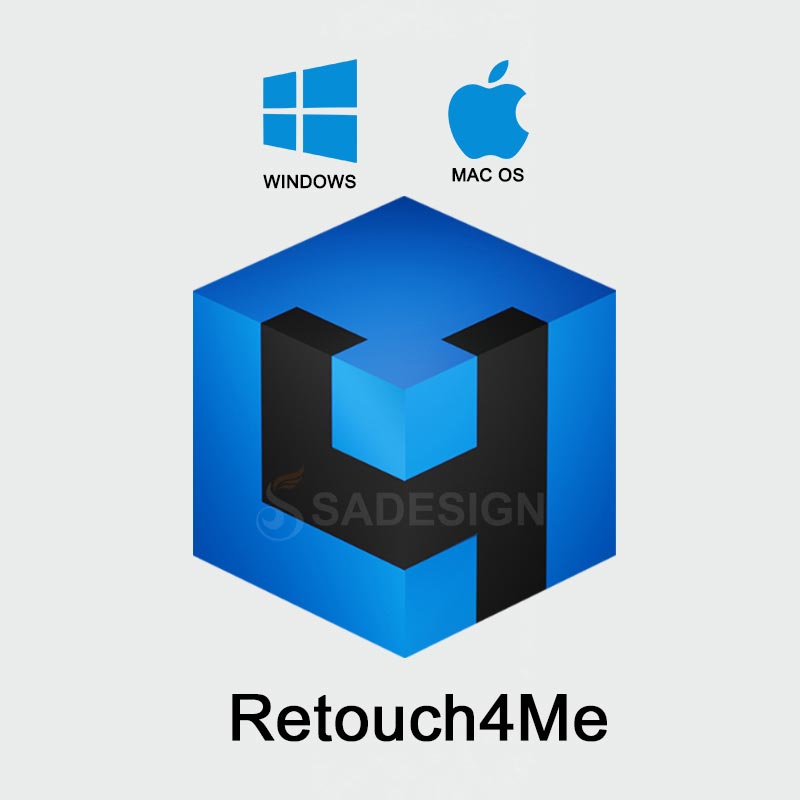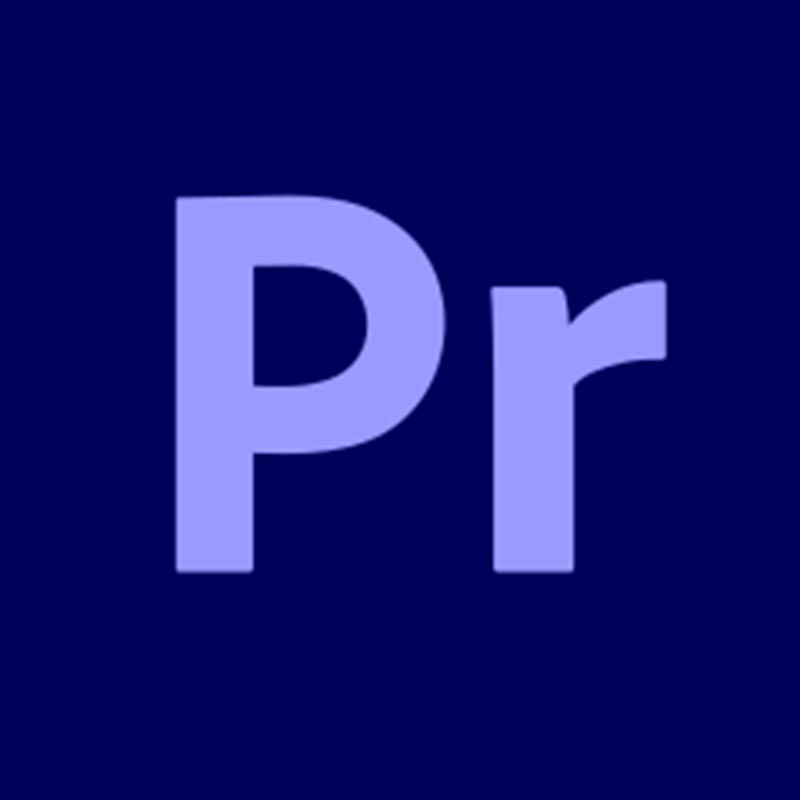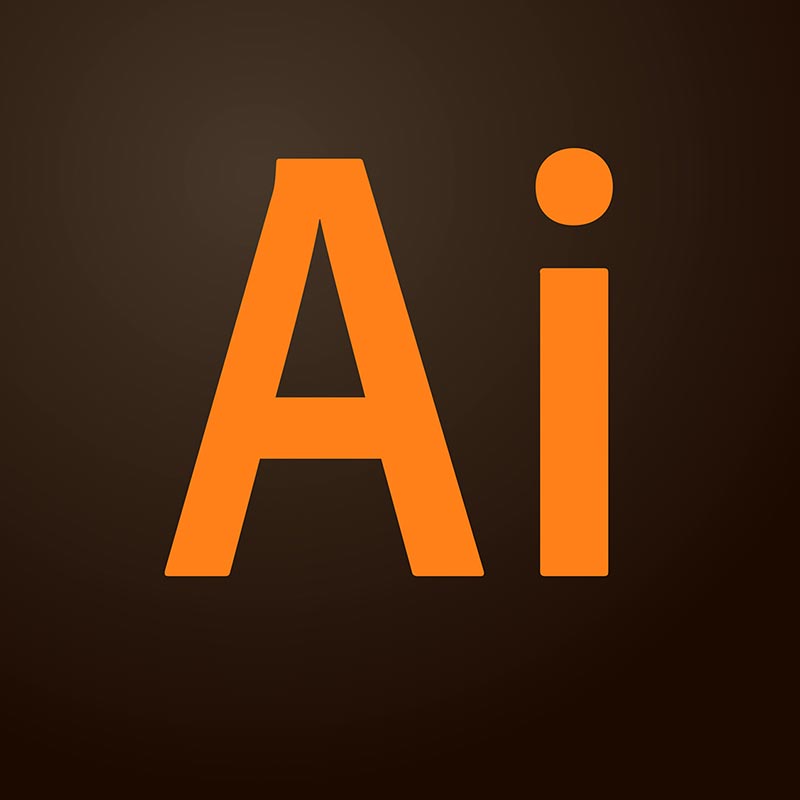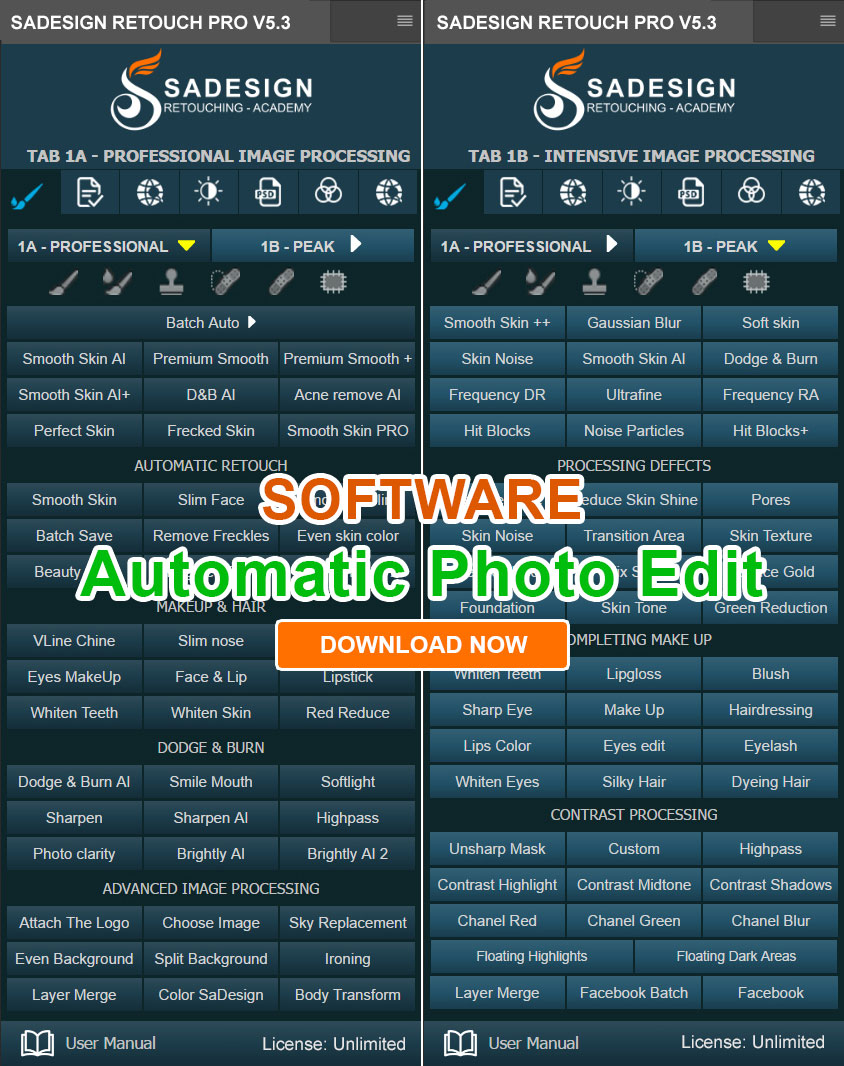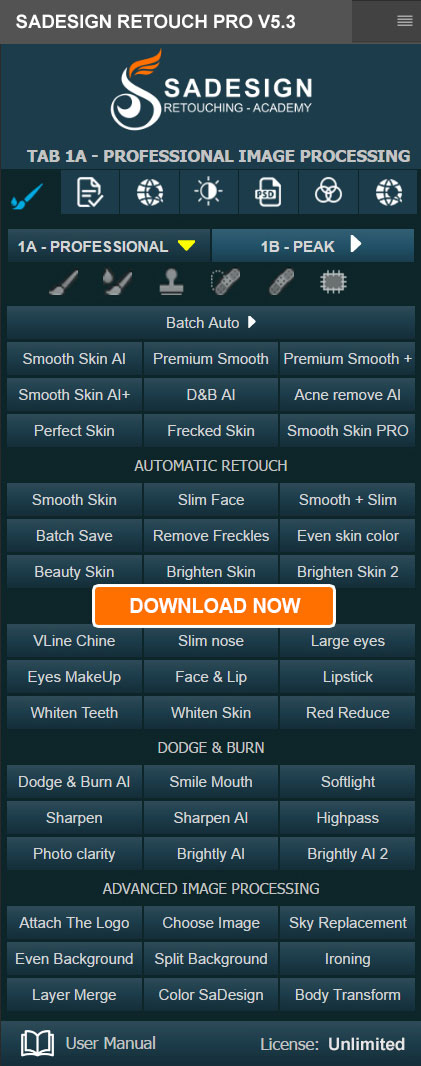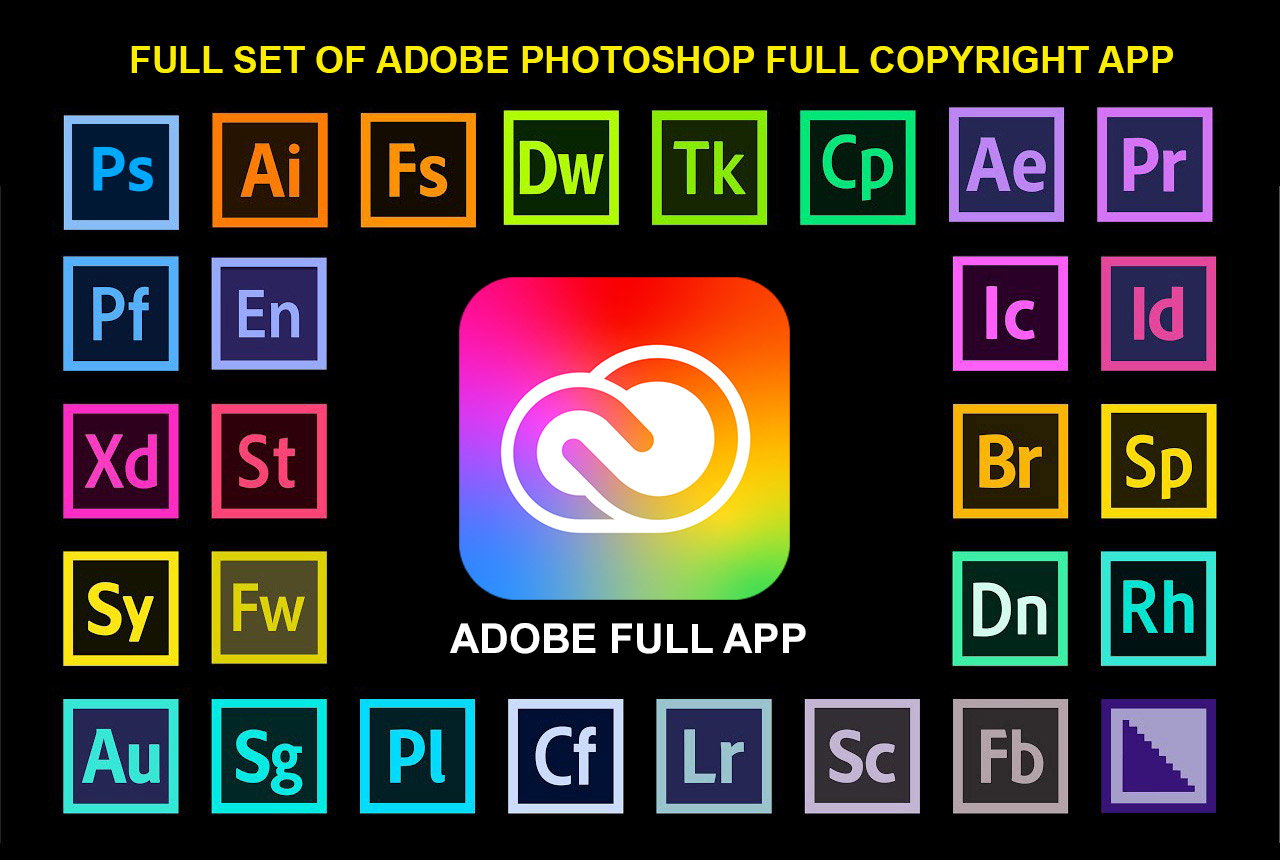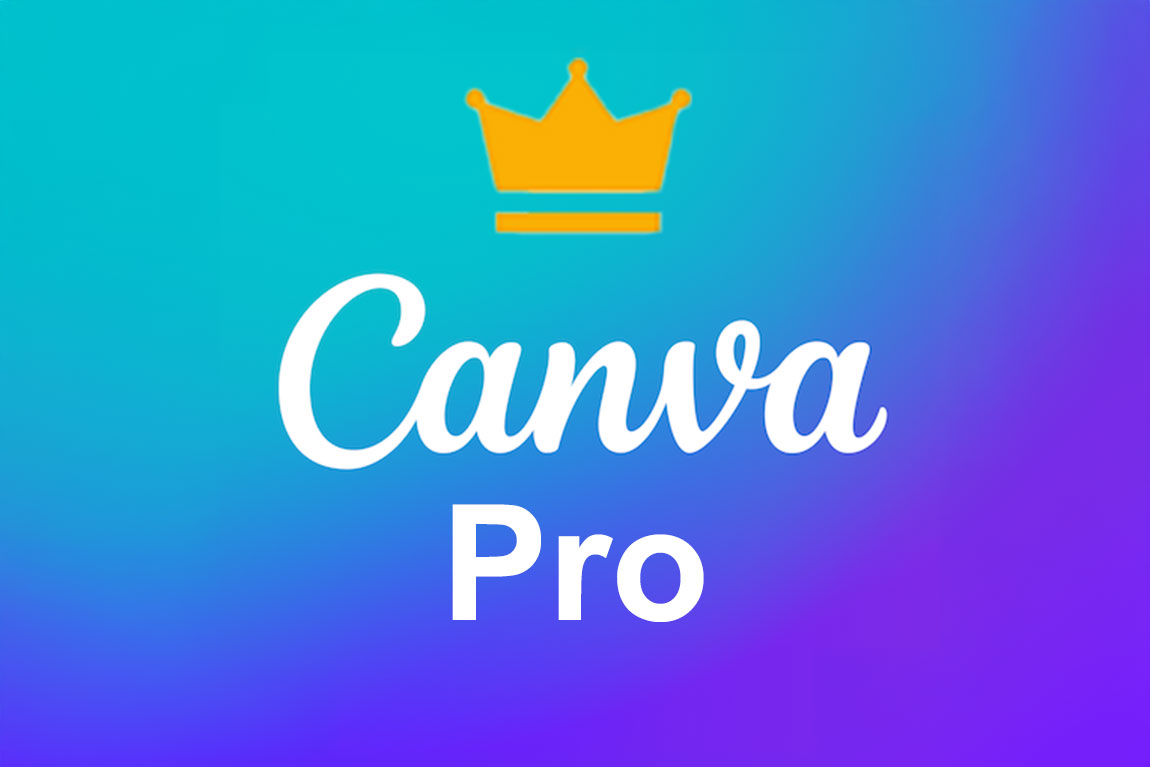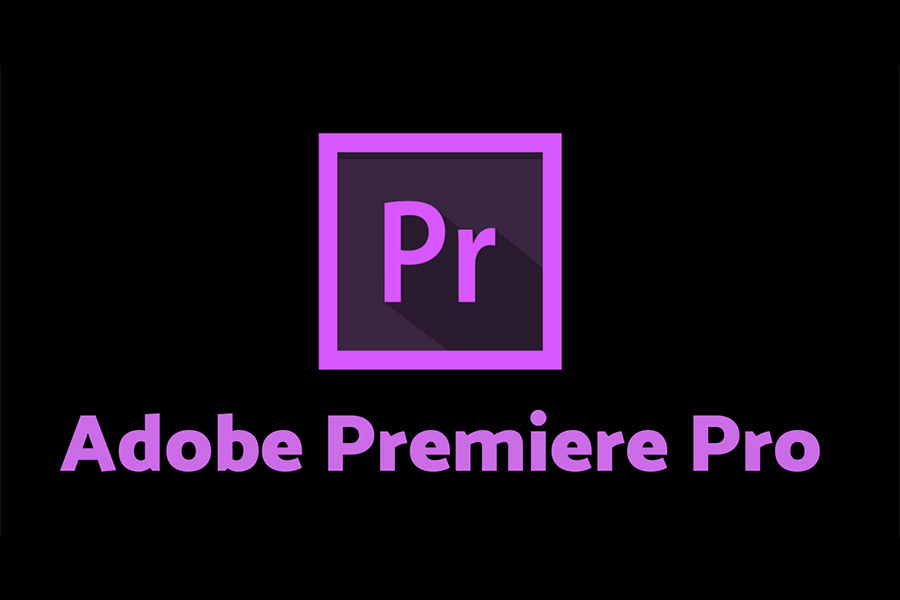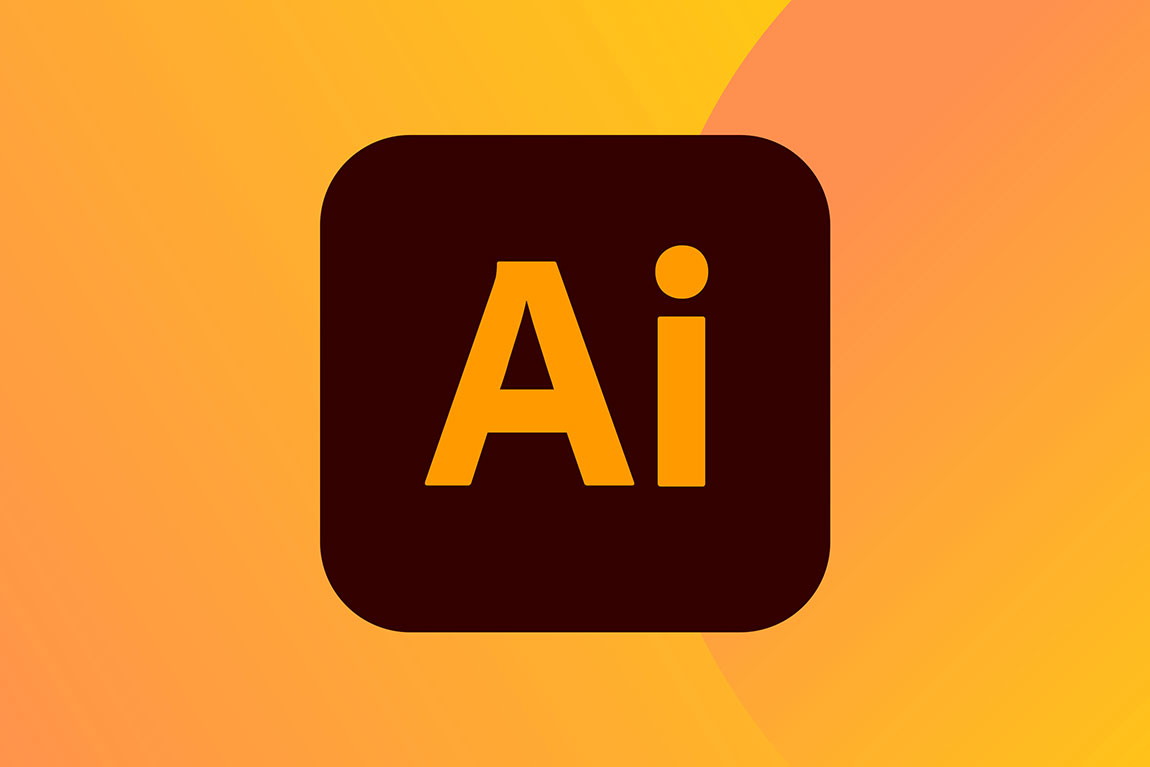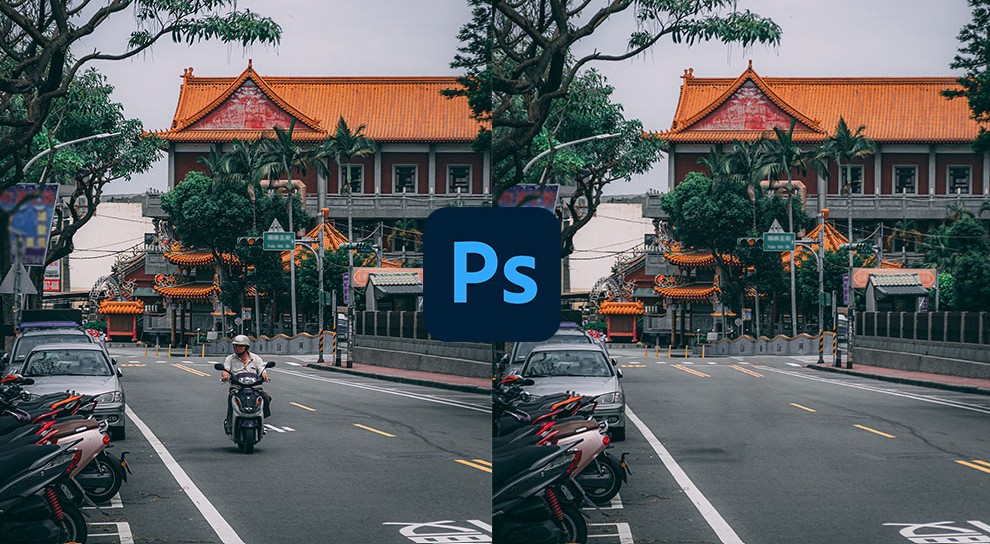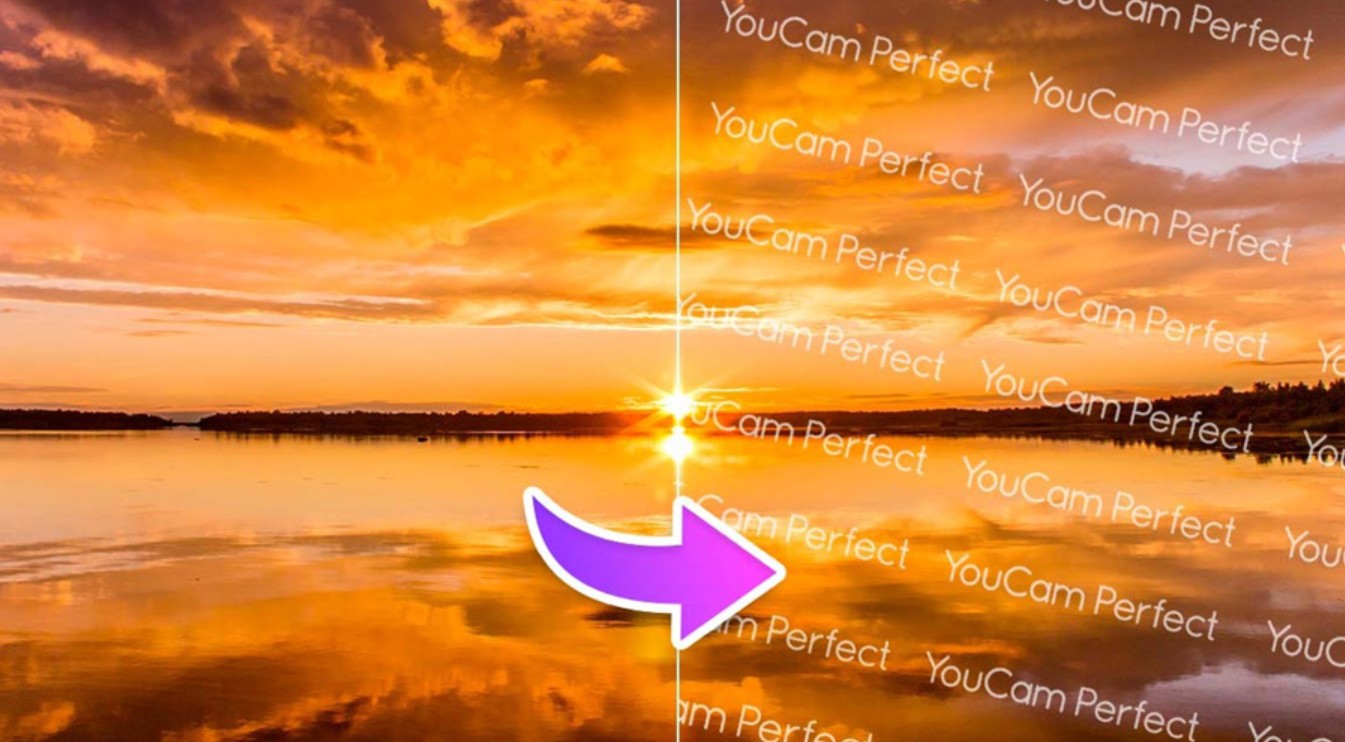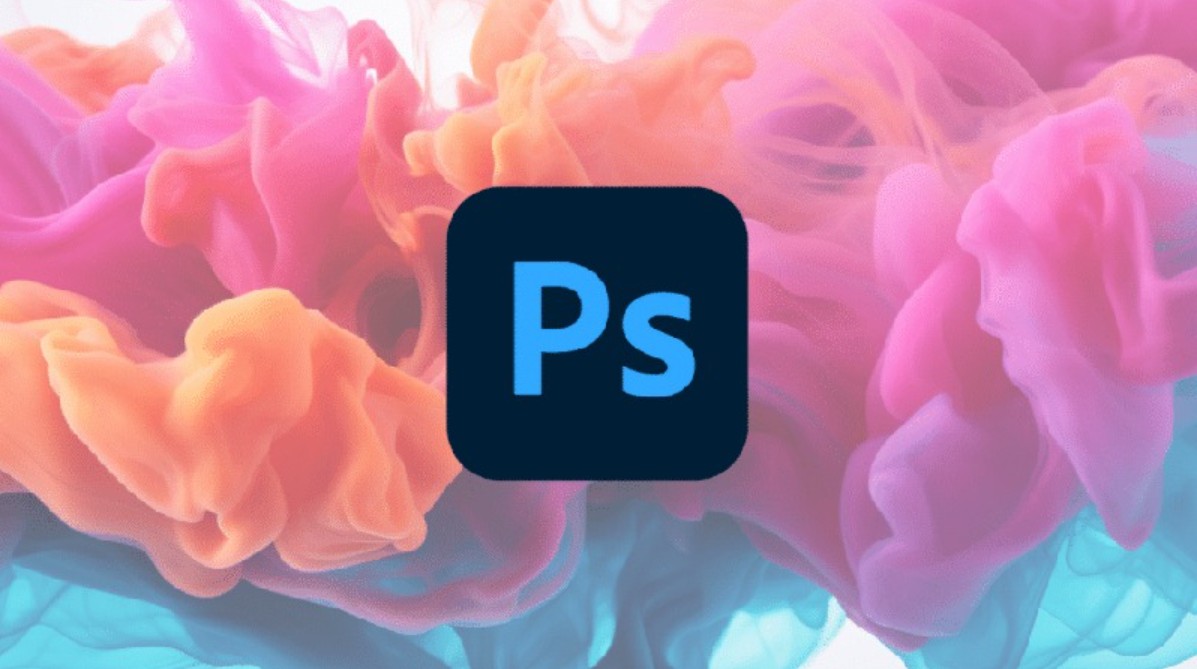Best Selling Products
Discover 3Ds Max: The Magic Tool for Cutting-Edge Designs
Nội dung
- 1. Definition of 3Ds Max
- 2. Position in the 3D software market
- 3. Outstanding features of 3D Max
- 3.1. 3D modeling tools
- 3.2. Lighting and texture techniques
- 3.3. Animation and Rigging
- 3.4. Rendering
- 4. Plugin and integration support
- 5. Applications of 3D Max in various fields
- 5.1. Architecture and interior
- 5.2. Games and entertainment
- 5.3. Film and television production
- 5.4. Product design and simulation
- 6. Benefits and limitations of 3D Max
- 6.1. Benefits of 3D Max
- 6.2. Limitations of 3D Max
Autodesk 3ds Max is a professional 3D modeling software, widely used in the game industry, animation, architectural design,...

In the context of the increasingly developing creative industry, owning a powerful 3D design software is a prerequisite for designers, architects, animators and creative enthusiasts. 3Ds Max developed by Autodesk , is not only a professional 3D modeling tool but also a bridge to bring your creative ideas to reality. From architectural and interior projects to film, game and advertising production, 3Ds Max provides a comprehensive solution with a friendly interface and advanced features. This article will give you a comprehensive view of 3Ds Max for those who are looking for a powerful tool in 3D design. Let's find out now!
1. Definition of 3Ds Max
3Ds Max is a professional 3D graphics software developed by Autodesk, designed to create high-quality 3D models, effects and animations. Initially, the software was developed with the aim of serving the gaming, film and television industries. Over time, with constant development and technological improvements, 3Ds Max has become an indispensable tool in many creative fields.
The history of 3Ds Max began in the 1990s with the first version to meet the needs of 3D modeling for large-scale projects. Through each stage of development, the software has continuously added advanced features, helping to improve image quality, optimize the modeling and rendering process. Important milestones such as integrating modeling, animation and rendering tools have contributed to affirming 3Ds Max's position in the 3D graphics software market.
.png)
2. Position in the 3D software market
Currently, 3D Max is considered one of the leading 3D design software, widely used in creative industries such as architecture, games, animation and television production. 3D Max's user base is very diverse, from experienced professionals to beginners in the field of 3D graphics.
Compared to similar software such as Maya or Blender, 3D Max stands out thanks to its intuitive interface, rich features and strong integration with other tools. Each software has its own advantages, but for many projects that require flexibility and high quality, 3D Max is always the preferred choice of many businesses and individuals.
3. Outstanding features of 3D Max
3D Max is not only famous for its ability to create complex 3D models, but also possesses a series of powerful tools to optimize the design process. Here are some notable features of this software:
3.1. 3D modeling tools
One of the outstanding strengths of 3D Max is its 3D modeling capabilities. The software provides a variety of tools from basic shapes to advanced shaping tools, helping users easily create complex details.
.png)
Basic modeling method: You can start with basic shapes like cubes, cylinders or spheres and then modify them to create diverse models.
Advanced editing tools: Tools like Edit Poly, NURBS, and spline give you more detail and flexibility, from creating smooth surfaces to creating complex details for objects in your project.
Therefore, whether designing a high-class architecture or creating a character for a video game, 3D Max meets the strict requirements for detail and accuracy.
3.2. Lighting and texture techniques
Not only stopping at modeling, 3D Max also stands out with its lighting and material systems, helping to create realistic and vivid images.
Lighting system: The software provides a variety of lighting types, from ambient light to spot light, creating unique effects suitable for each scene.
Textures and materials: With the ability to apply textures, bump maps or displacement maps, 3D Max lets you accurately reproduce the material of your objects, from natural wood surfaces to shiny metals.
The effective use of light and materials not only increases the authenticity of the image but also contributes to creating a lively, realistic space.
.png)
3.3. Animation and Rigging
One of the features that 3D Max users highly appreciate is the ability to create animation and rigging - the process of building skeletons for characters or objects to perform movements.
Create animations: 3D Max supports a powerful keyframe system, allowing you to adjust movements smoothly and naturally.
Rigging for characters: Rigging tools in 3D Max help create skeletons for characters, from which complex movements can be easily adjusted, creating vivid and realistic animation effects.
With these tools, transforming motion ideas into reality becomes easier than ever, effectively serving animation, game or advertising projects.
3.4. Rendering
Rendering is an important step to turn 3D models into complete images with realistic details and lighting. 3D Max supports many outstanding rendering tools and plugins such as V-Ray, Arnold… to help you create high-quality images.
Built-in rendering tools: With internal rendering tools, 3D Max lets you customize lighting, color, and special effects with ease.
Rendering Plugins: Plugins like V-Ray not only enhance rendering performance, but also provide special effects, from soft lighting to complex reflections and refractions.
Thanks to that, the rendered images from 3D Max are not only beautiful but also achieve high realism, contributing to the aesthetic value of the entire project.
.png)
4. Plugin and integration support
One advantage that cannot be ignored of 3D Max is its extensibility through plugins and integration with other software.
Extensibility: Users can install additional plugins to add functionality not available in the basic version of 3D Max.
Powerful integration: 3D Max can work seamlessly with many other software such as Adobe Photoshop, AutoCAD and video editing tools, making the production process continuous and efficient.
This flexibility allows designers to easily coordinate and transfer data between software, thereby optimizing workflow and creating high-quality final products.
5. Applications of 3D Max in various fields
Thanks to its powerful and flexible features, 3D Max has become an essential tool in many creative industries. Here are some specific applications of 3D Max in practice:
5.1. Architecture and interior
In the field of architecture, 3D Max is widely used to create accurate and vivid 3D models of architectural works.
Space simulation: Architectural models created from 3D Max help customers have an overview of the space, thereby easily making decisions about interior design or space layout.
.png)
Interior design: With the ability to render realistic images, interior design projects become more vivid. You can clearly see the details of color, texture and light of each space, helping to optimize the design and convey ideas in the most intuitive way.
Large-scale architectural projects as well as sophisticated interior designs are perfectly supported by 3D Max, from the conceptual stage to the final image production.
5.2. Games and entertainment
The gaming industry requires constant creativity and advanced graphics tools to create unique characters, scenes, and effects.
Character design: 3D Max allows designers to create characters with intricate details, from bone structure to facial expressions, adding interactivity and emotion to the character.
Create landscapes and effects: Combining lighting, textures and animations in 3D Max helps create vivid landscapes and special effects, giving the game a realistic feel.
Applications in animation and advertising: In addition to games, 3D Max is also used to create animations and advertisements with impressive visual effects, helping to convey messages in a powerful and vivid way.
The flexibility in creating shapes and processing effects of 3D Max has contributed significantly to bringing the entertainment industry to a new level, bringing great visual experiences to the audience.
.png)
5.3. Film and television production
In the film and television production industry, 3D Max is used as a powerful tool for creating professional visual effects (VFX) and 3D animation.
Visual Effects (VFX): Special effects created from 3D Max not only enhance realism but also create impressive moments in the movie.
3D Animation: Thanks to advanced animation tools, 3D Max allows for the creation of smooth animated scenes, which can be used for animated films or TV shows.
3D Max's combination of advanced modeling, animation, and rendering capabilities helps filmmakers realize creative ideas, delivering cutting-edge television and film productions.
5.4. Product design and simulation
Not only limited to traditional industries such as architecture or entertainment, 3D Max is also widely applied in the fields of product design and technical simulation.
Product Design: Product designers use 3D Max to create detailed models of products, making it easy to test and optimize designs before mass production.
Engineering Simulation: In engineering, 3D simulation helps analyze technical parameters, test durability, and optimize product structures. This makes research and development more efficient and reduces risks in the manufacturing process.
These practical applications show that 3D Max is not only a tool for art but also a powerful assistant in technical fields, helping to improve product quality and save costs.
.png)
6. Benefits and limitations of 3D Max
Every software, no matter how powerful, has its own strengths and weaknesses. Understanding the advantages and disadvantages of 3D Max will help users have a more objective view when choosing the right tool for their needs.
6.1. Benefits of 3D Max
Strength and flexibility:
3D Max is built with a variety of tools and features, from modeling, animation to rendering, helping users easily switch between project stages. This creates significant power and flexibility in the working process.
Stability and large support community:
As an Autodesk product, 3D Max is highly stable and regularly updated with new features. At the same time, a large user community is always ready to share experiences and support technical issues.
Powerful integration capabilities:
3D Max's compatibility with many other software such as Adobe Photoshop, AutoCAD and video editing tools helps optimize workflow, saving time and costs for creative projects.
.jpg)
6.2. Limitations of 3D Max
High computer configuration requirements:
Due to its heavy graphics processing and high performance requirements, using 3D Max requires a powerful computer, especially for complex projects with many details.
Initial learning curve:
Although the 3D Max interface is designed to be user-friendly, for beginners, getting acquainted with the 3D tools and concepts can be a bit difficult at first. This requires time and perseverance to master.
Copyright costs:
One of the major drawbacks of 3D Max is that the license fee is quite high compared to open source software. This can make it difficult for individuals or small businesses to invest in using the software.
Being aware of these pros and cons will help you make the right choice and optimize the use of 3D Max for your design projects.
Overall, mastering 3D Max requires an investment of time and effort, but the benefits are well worth it. Whether you are a beginner or an experienced designer, 3D Max can be a powerful assistant to help you develop and realize your creative projects. If you are looking for a powerful tool to enhance your design products, start exploring 3D Max today.
